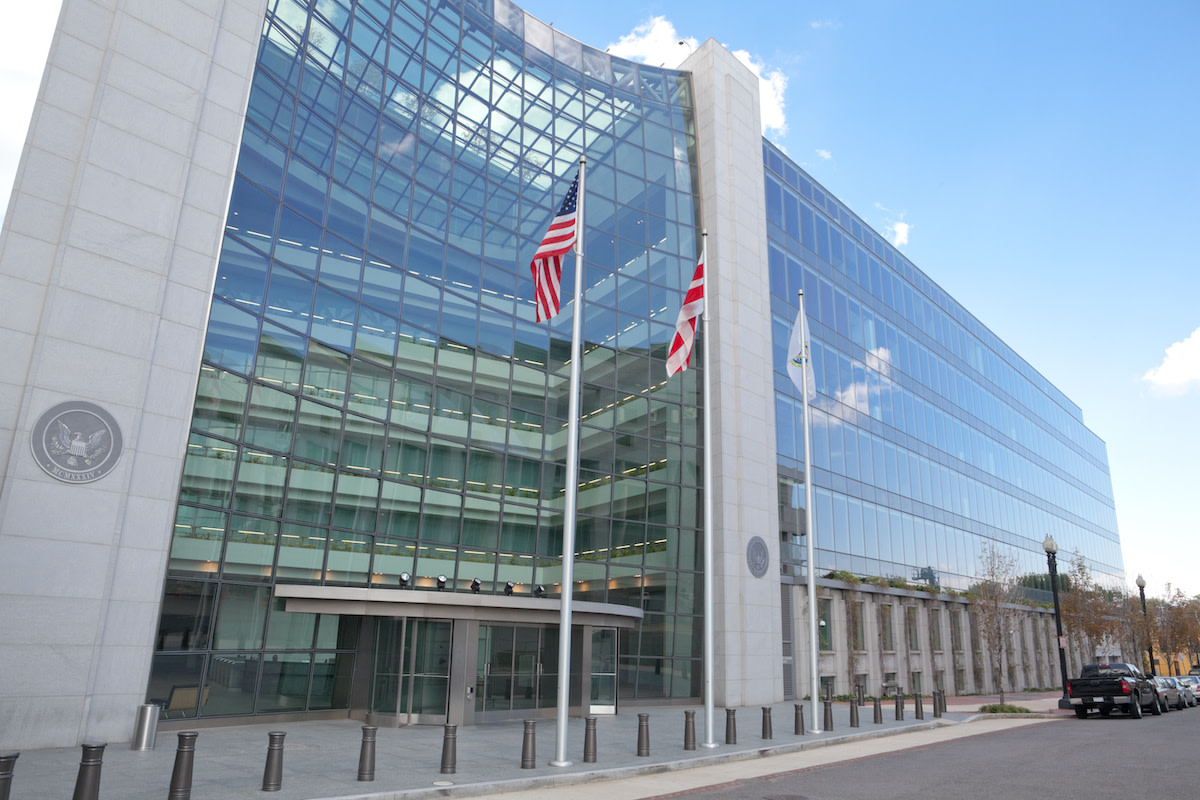A Brief Guide to the US Securities and Exchange Commission
Written by MasterClass
Last updated: Jun 7, 2021 • 3 min read
The Securities and Exchange Commission is the US government agency responsible for maintaining lawful and efficient markets to protect investors.
Learn From the Best
What Is the Securities and Exchange Commission?
The US Securities and Exchange Commission (SEC) is a federal government agency that oversees securities markets and protects against market manipulation. This US government regulatory agency also helps to enable capital formation for large and small businesses, protects investors against scams and market fraud, oversees corporate mergers and takeovers, and works to maintain an organized and lawful system of capital markets.
Why Is the SEC Important?
The SEC provides investors with transparent information related to the financial health of public companies in the United States. The SEC mandates that all public companies disclose detailed financial reports, registration statements, and other meaningful information to make knowledgeable investment decisions. All this information is available to the public electronically through an electronic database called EDGAR (Electronic Data Gathering, Analysis, and Retrieval System).
The SEC also has the power to prosecute and fine those who break federal securities laws. Some of the most widespread SEC violations involve insider trading, breach of broker-dealer fiduciary duty, intentional manipulation of securities markets, and supplying false financial information in company submissions.
What Is the Role of the SEC?
Congress created the SEC—the first-ever federal regulator of US securities markets—through the Securities Act of 1933 and the Securities Exchange Act of 1934.
- Ensuring investor trust: The Securities Act and the Securities Exchange Act were part of President Roosevelt's New Deal program, a response to the stock market crash of 1929 and the subsequent Great Depression. Trust in securities markets was at an all-time low since many investors discovered they had purchased securities from companies that provided false financial information. By creating the SEC, Congress aimed to establish federal securities laws to restore investor confidence in the financial market. The SEC was given the authority to oversee self-regulatory organizations like the Financial Industry Regulatory Authority (FINRA), physical stock trading floors like the New York Stock Exchange, and broker-dealer firms that facilitate transactions on behalf of others.
- Law enforcement: The establishment of the SEC created a well-defined set of rules and regulations for registering securities sold in the US and the authority to take law enforcement action against fraudulent parties who broke securities laws. The SEC can prosecute public companies that are not truthful about their finances and corporate officials who engage in insider trading.
- Regulatory power: Since the SEC's inception, Congress has passed additional laws to boost the SEC's regulatory authority, including the Investment Company Act of 1940, the Investment Advisers Act of 1940, the Sarbanes-Oxley Act of 2002, and the Dodd-Frank Wall Street Reform and Consumer Protection Act of 2010.
Structure of the SEC: How the SEC Works
Five commissioners lead the SEC, one of whom is appointed chairman, and no more than three of the five commissioners can belong to the same political party. The primary SEC headquarters is in Washington, D.C., and the agency has 11 regional offices throughout the United States. The SEC comprises five divisions with varying responsibilities:
- 1. Division of Corporation Finance: This division makes sure corporations file sufficient and accurate documentation about their financial health, so investors have the information needed to make knowledgeable financial decisions.
- 2. Division of Economic and Risk Analysis (DERA): DERA, created in 2009, uses data analytics and financial economics to help develop policies, rules, and enforcement procedures for all the other SEC divisions.
- 3. Division of Investment Management: This division is responsible for carrying out the Investment Company Act of 1940 and the Investment Advisers Act of 1940. It also develops and regulates policy for investment advisers and investment companies, including money market funds, mutual funds, and exchange-traded funds (ETFs).
- 4. Division of Enforcement: Investigates potential violations of SEC rules and regulations. If necessary, this division enforces violations by prosecuting cases in federal court or settling the claims out of court. The Division of Enforcement also can spearhead various administrative proceedings such as suspensions of employment and cease and desist orders.
- 5. Division of Trading and Markets: Regulates the securities industry's self-regulatory organizations (like FINRA and stock exchanges), broker-dealer firms, and transfer agencies. The overall purpose of the Division of Trading and Markets is to set standard guidelines for lawful and efficient markets.
Want to Learn More About Business?
Get the MasterClass Annual Membership for exclusive access to video lessons taught by business luminaries, including Bob Iger, Chris Voss, Robin Roberts, Sara Blakely, Daniel Pink, Howard Schultz, Anna Wintour, and more.
